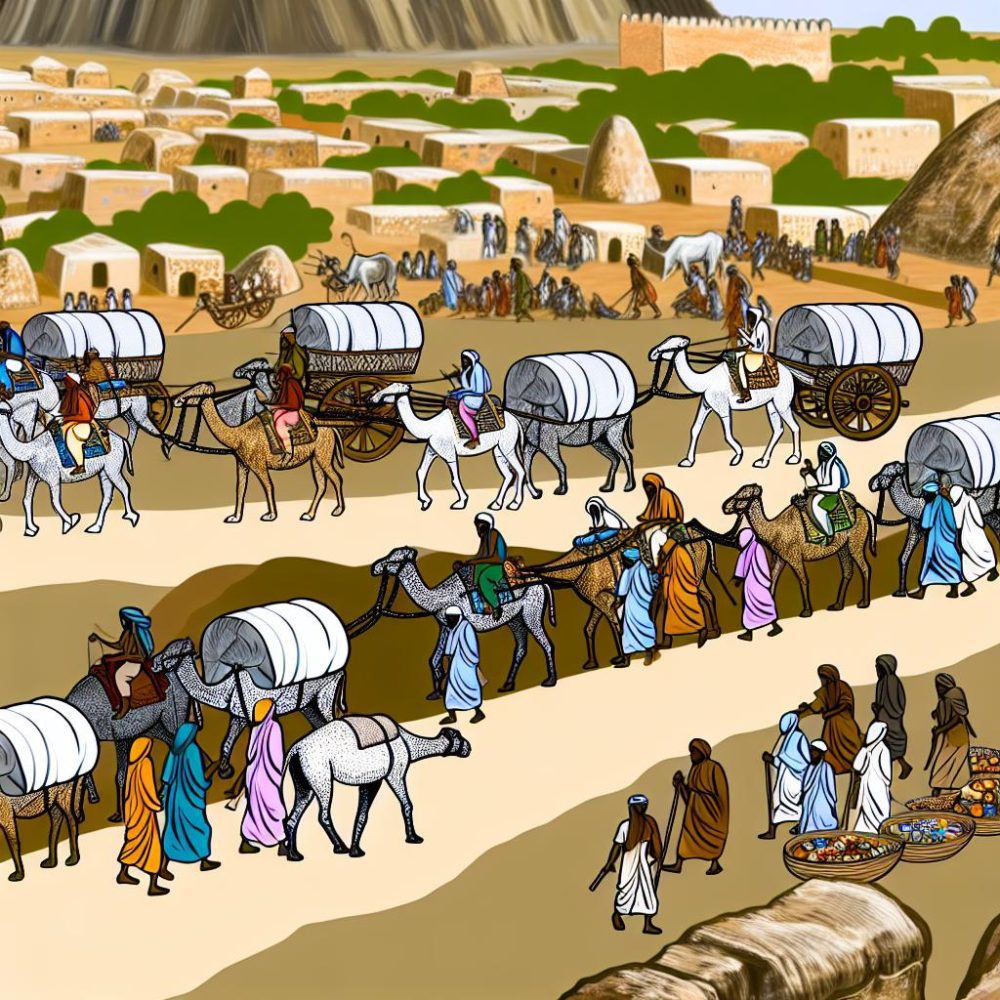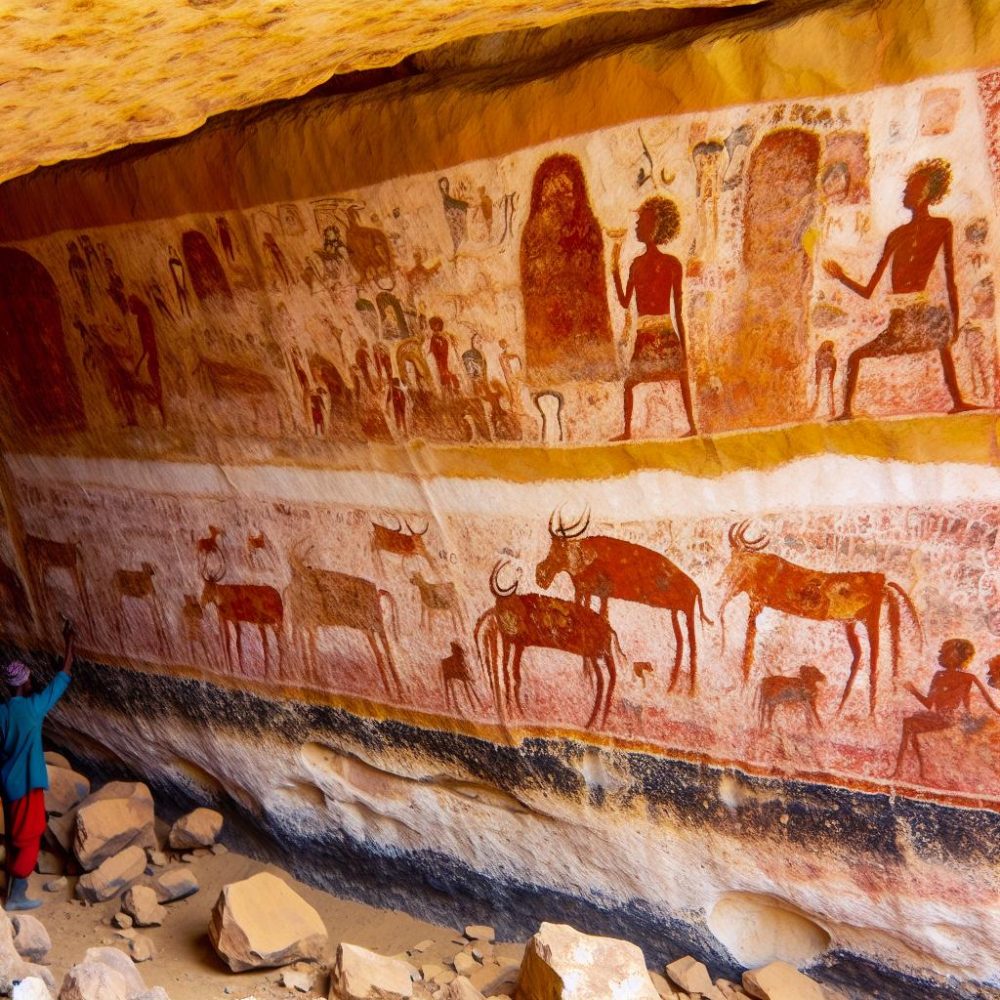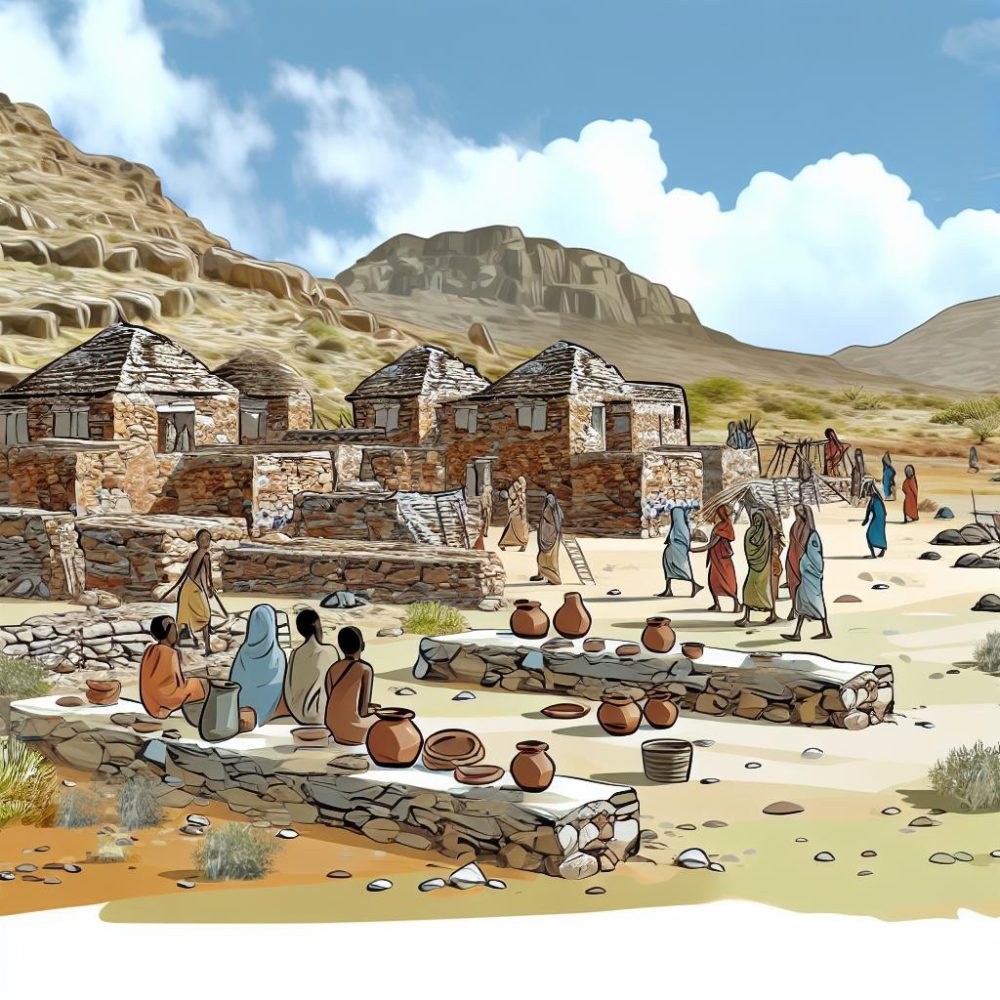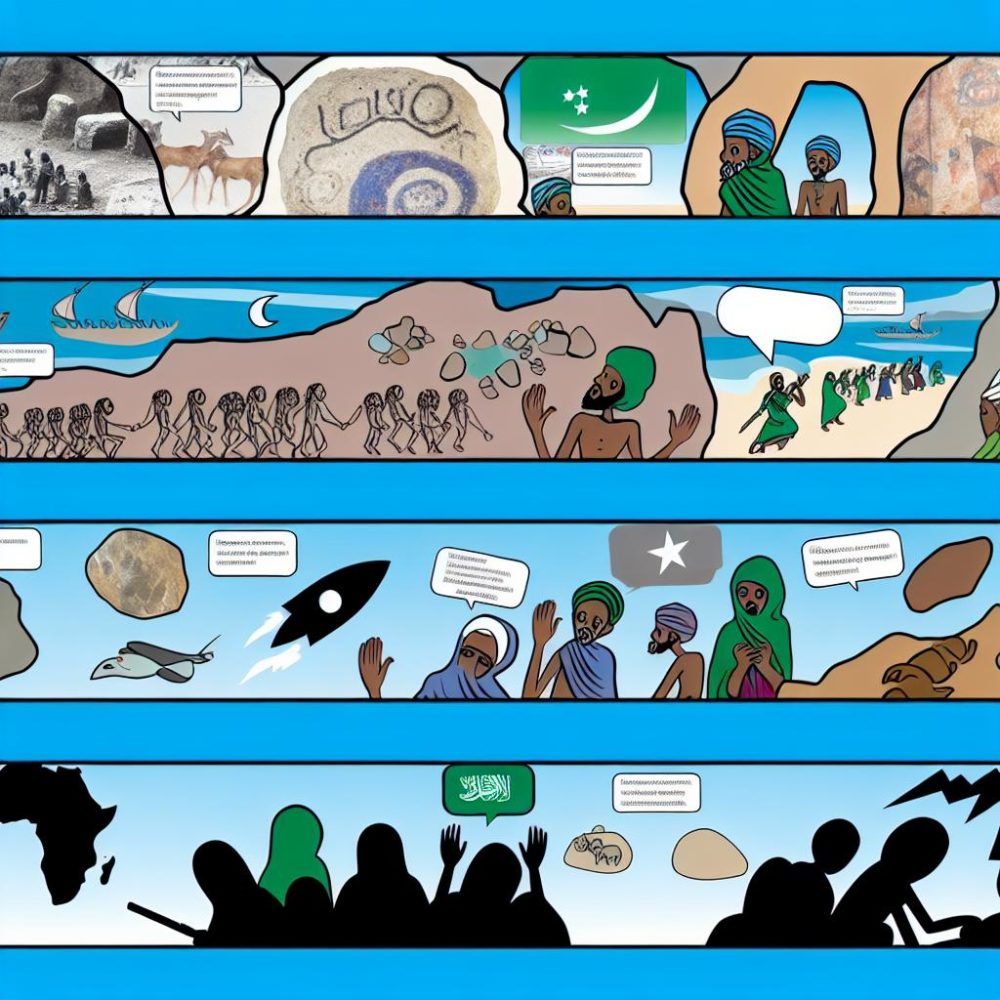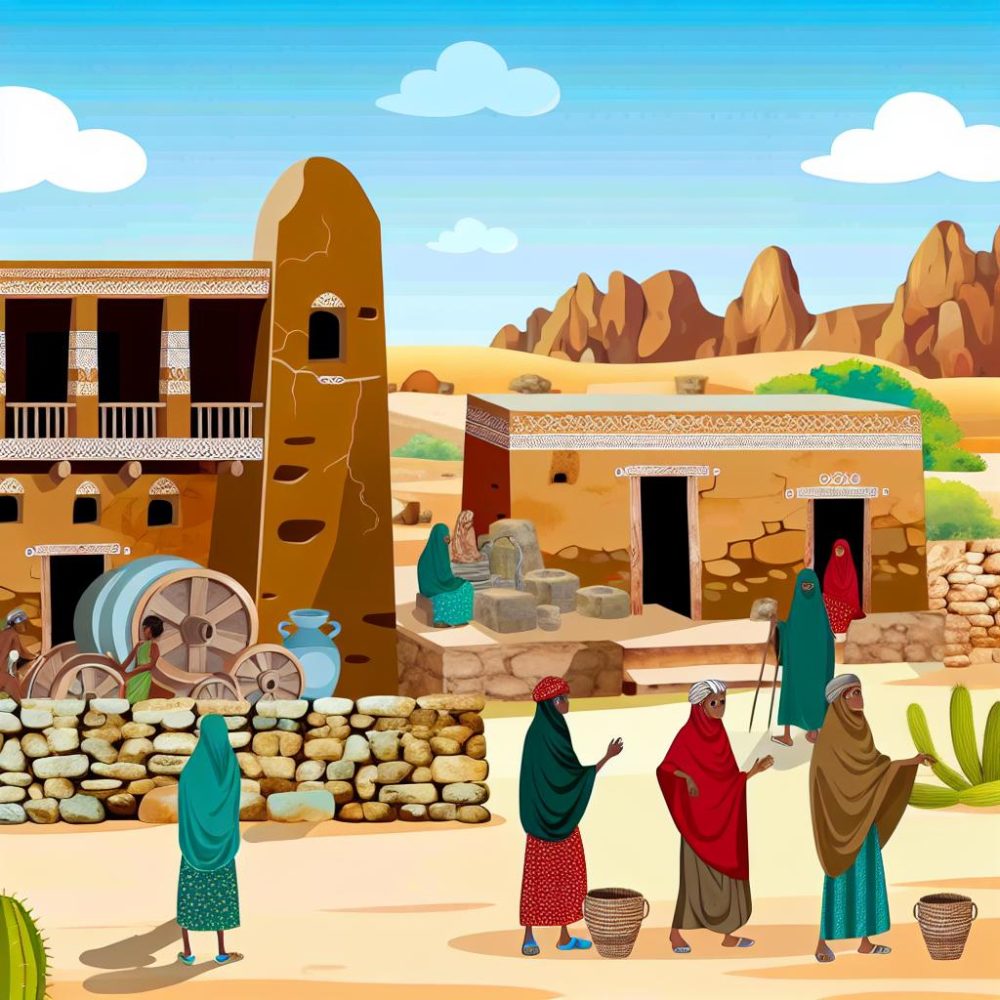
The Ancient Roots of Somaliland
The region now referred to as Somaliland offers an engrossing narrative that stretches back long before the emergence of Islam. Nestled in the Horn of Africa, this area has historically stood as a focal point for trade, culture, and civilization. Over centuries, Somaliland contributed profoundly to ancient commerce and cultural exchange, playing a critical role in connecting various civilizations.
Early Inhabitants and Evidence of Civilization
Archaeological studies indicate that Somaliland was inhabited as early as the Paleolithic era. Substantial evidence of early human settlements is scattered across the region. Among the most striking is the Laas Geel cave paintings, considered some of the oldest rock art forms in Africa. These paintings are crucial pieces of evidence that date back to the Neolithic age, showcasing an era where pastoralist communities thrived, which underscores the area’s significance in terms of human development and cultural history.
Influence of the Ancient Egyptian and Mesopotamian Worlds
In historical contexts, Somaliland is frequently linked to the Land of Punt, a term rooted in ancient Egyptian lore. Egyptians of antiquity described Punt as an opulent land teeming with gold, incense, and other treasures. The very nature of trade relations with ancient Egypt highlights that this region was intricately woven into the fabric of the ancient world economy. It served as a provider of treasured resources like spices, gold, and exotic woods, aligning itself with the trade practices of the time.
The Influence of Trade Networks
The strategic geographical placement of Somaliland, flanked by the Red Sea and the Indian Ocean, positioned it as a vital corridor in historical trade networks. These routes that traversed through Somaliland effectively linked Africa with the broader Middle Eastern regions. Consequently, this network facilitated not merely the exchange of goods such as highly coveted incense, myrrh, and frankincense but also fostered extensive cultural interchanges, allowing the region to blend and diversify both economically and socially over millennia.
Archaeological Sites and Kingdoms
Owing to its deep-seated ancient history, Somaliland today boasts an array of significant archaeological sites. The city of Berbera stands out as a significant port in antiquity, instrumental to commerce. Furthermore, ruins discovered at sites like Awdal provide an invaluable glimpse into the structures of early kingdoms and their interactions with far-flung lands. These structures offer insights into how early societies were organized and the nature of their engagement in foreign trade and diplomacy.
The Stadiasmus Maris Magni and Greek Influence
One of the intriguing aspects of Somaliland’s ancient history is its mention in the Stadiasmus Maris Magni, an ancient Greek document. This reference underscores Somaliland’s vital role in Greek navigation and trade. Such documentation illustrates how Somaliland was essential in ancient trade routes, assisting in the flow of ideas and items between diverse cultures during that era. The inclusion in Greek records reflects a historical recognition of the importance of Somaliland in the broader historical context of ancient navigation and commercial interchange.
The Legacy of Pre-Islamic Somaliland
Prior to the ascendancy of Islam during the 7th century, Somaliland was a melting pot of cultural influences owing to its crucial geographical standing. The amalgamation of native cultures with external influences laid down the bedrock for what has now evolved into a culturally rich tapestry unique to the region. This historical intermingling has shaped the sociocultural dynamics significantly, leaving a lasting legacy that continues to influence its modern-day identity.
For those intrigued by the archaeological significance of Somaliland and its involvement in ancient trading routes, further exploration can be carried out by consulting institutions specialized in African historical studies. Resources offered by platforms like the British Museum and other historical centers provide exhaustive insights that deepen understanding of how ancient civilizations viewed and interacted with this geographically vital region. These resources are invaluable for anyone keen on uncovering more about the pivotal role Somaliland played throughout history and its enduring legacy in the present day.
